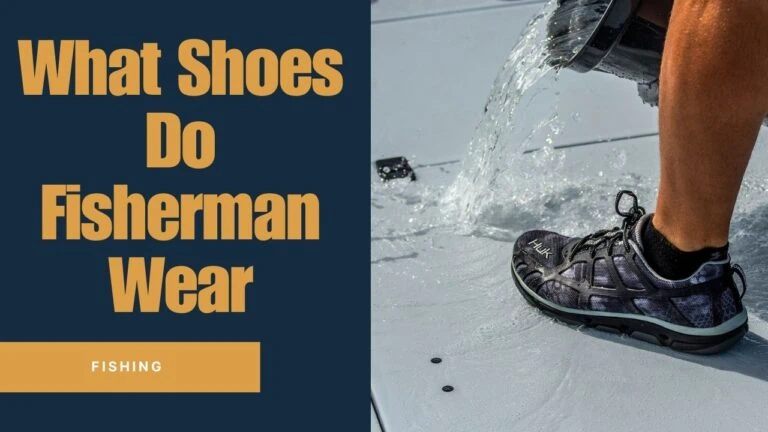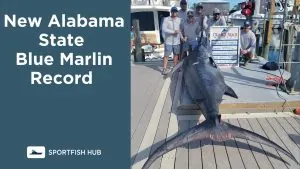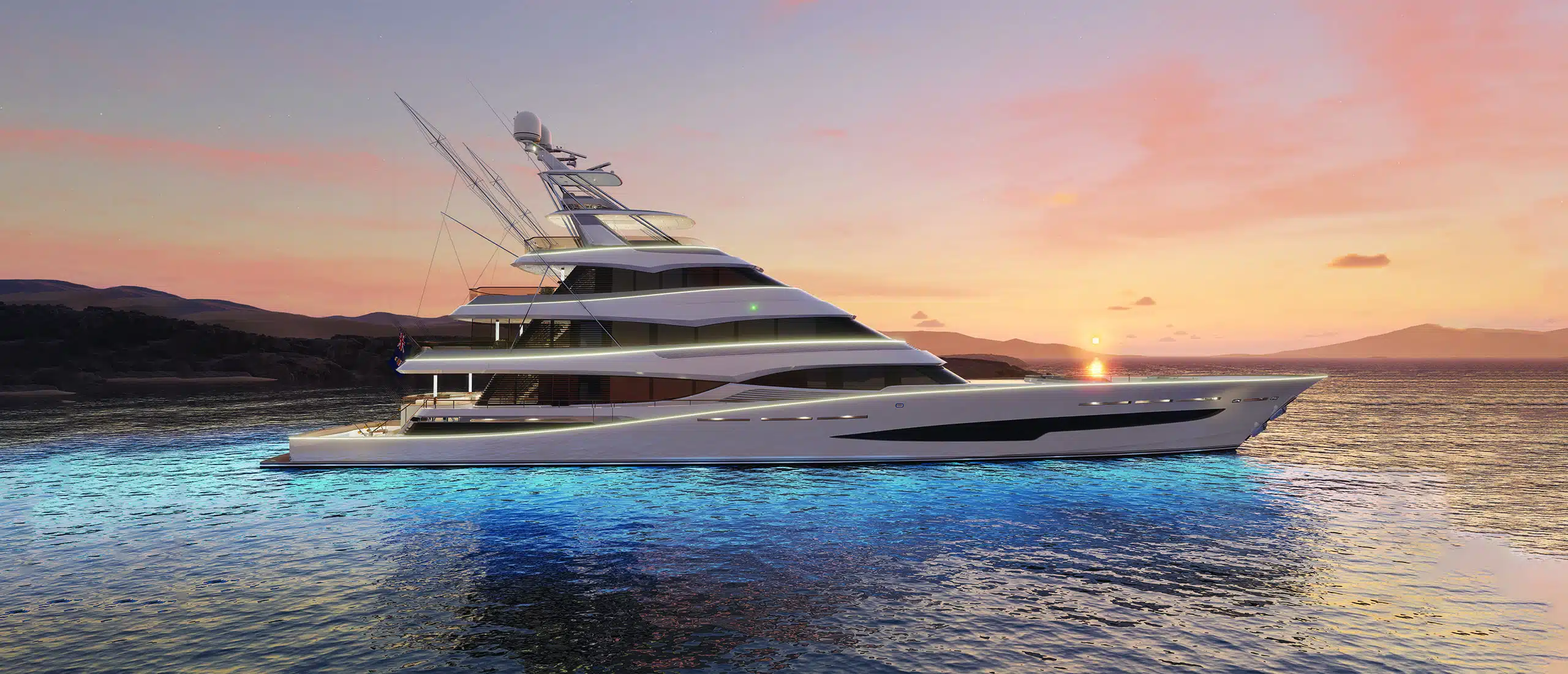As a novice fisherman or someone preparing for a fishing vacation, selecting the right footwear is crucial. Different types of fishing shoes come with their own sets of advantages and disadvantages. This comprehensive guide will help you choose the perfect pair based on discussing what shoes fishermen wear for their various types of outings.
Table of Contents
- Fishing Boots: Waterproof and Durable Footwear for Anglers
- Sneaker-Style Fishing Shoes: A Perfect Blend of Style and Versatility
- Sandals: The Ultimate Choice for Comfort and Breathability in Warm Climates
- Wading Shoes: The Go-To Option for Stability and Protection for Wading Anglers
- Wet Wading Shoes: A Flexible and Affordable Option for Fly Fishing Enthusiasts
- Boat Shoes: Excellent Traction and Style for On-Deck Anglers
- Making the Choice: Factors to Consider
Fishing Boots: Waterproof and Durable Footwear for Anglers
Fishing boots are a popular choice among anglers due to their durability, waterproofing, and insulation. However, they come with some drawbacks as well. Let’s examine the pros and cons of fishing boots to help you decide if they’re the right choice for your needs.
Pros
- Waterproofing: Fishing boots are designed to keep your feet dry, protecting them from water exposure and ensuring comfort throughout your fishing trip.
- Insulation: Many fishing boots provide insulation, keeping your feet warm in colder conditions and allowing you to fish comfortably for extended periods.
- Arch support: Fishing boots often have proper arch support, ensuring comfort during long fishing sessions and preventing foot fatigue.
- Durability: Fishing boots are typically made from robust materials, making them long-lasting and suitable for various fishing environments, including rough terrain.
- Traction: Many fishing boots have non-slip soles, reducing the risk of falls and accidents on wet surfaces, ensuring your safety during your fishing adventure.
Cons
- Weight: Fishing boots can be heavier than other types of fishing shoes, potentially causing discomfort during extended use or while walking long distances.
- Limited breathability: Fishing boots may not provide as much ventilation as other fishing shoe options, making them less suitable for warmer climates or anglers prone to overheating.
- Style: Fishing boots may not be as stylish as other fishing shoe options, such as sneaker-style fishing shoes, limiting their appeal for more casual settings.
- Cost: High-quality fishing boots can be more expensive than other types of fishing shoes, which may be a concern for budget-conscious anglers.
Sneaker-Style Fishing Shoes: A Perfect Blend of Style and Versatility
Sneaker-style fishing shoes strike a balance between style and functionality, making them an appealing choice for many anglers. Let’s delve deeper into the pros and cons of sneaker-style fishing shoes to help you understand if they’re the right fit for your needs.
Pros
- Versatile for different fishing environments: Sneaker-style fishing shoes are designed to handle various fishing conditions, from shoreline angling to boat fishing. Their adaptability makes them a popular choice for those who enjoy diverse fishing experiences.
- Stylish and suitable for casual settings: These shoes often resemble regular sneakers, allowing you to sport them in casual settings as well. The stylish design means you can go from fishing to a social gathering without having to change your footwear.
- Provide good traction on wet surfaces: Sneaker-style fishing shoes are equipped with non-slip soles to ensure good traction on wet and slippery surfaces. This feature is crucial in preventing slips and falls while fishing and navigating around the water.
Cons
- May not be suitable for wading or heavy-duty use: Although sneaker-style fishing shoes are versatile, they might not be the best choice for wading or tackling rough terrain. Their lower water resistance compared to wading shoes or fishing boots may leave your feet wet and uncomfortable during extended wading sessions.
- Less protection in extreme conditions: While sneaker-style fishing shoes offer a good level of comfort and traction, they may not provide enough insulation or protection for extreme weather conditions or harsh environments. In these cases, more specialized footwear, like fishing boots, might be a better option.
Sandals: The Ultimate Choice for Comfort and Breathability in Warm Climates
Fishing sandals are an excellent option for anglers who prefer fishing in warmer climates or need maximum breathability. Let’s dive into the pros and cons of fishing sandals to help you determine if they’re the right choice for you.
Pros
- Ideal for warmer climates: Fishing sandals are designed to keep your feet cool and comfortable in hot and sunny conditions. Their open design allows for better airflow, helping you stay relaxed during long fishing sessions.
- Provide maximum ventilation: Thanks to their open construction, fishing sandals offer unparalleled ventilation, preventing your feet from overheating and reducing the risk of blisters and discomfort.
- Lightweight, quick-drying, and easy to wear: Fishing sandals are made from lightweight materials that dry quickly, making them perfect for anglers who frequently find themselves in and out of the water. Plus, their easy-to-wear design allows for hassle-free on and off.
Cons
- Offer less protection and support compared to other types of fishing shoes: The open design of fishing sandals means they provide less overall protection and support for your feet. They may not be suitable for rough terrain or situations where foot protection is crucial, such as navigating rocky shorelines or wading in areas with sharp objects.
Wading Shoes: The Go-To Option for Stability and Protection for Wading Anglers
Wading shoes provide a stable, comfortable, and protective solution for anglers who prefer wading in the water. Let’s explore the pros and cons of wading shoes to help you decide if they’re the ideal footwear for your needs.
Pros
- Provide stability, comfort, and protection for anglers who wade in the water: Wading shoes are specially designed for anglers who spend a significant amount of time in the water. They offer excellent stability, comfort, and protection, making them a top choice for wading enthusiasts.
- Durable construction for rough terrain: Wading shoes are typically built with robust materials that can withstand challenging environments, such as rocky riverbeds or uneven shorelines. Their durability ensures a long-lasting and reliable footwear option for wading anglers.
Cons
- May not be suitable for boat fishing or other environments: While wading shoes excel in providing stability and protection in the water, they may not be the best choice for other fishing environments, such as boat fishing or casual shoreline angling. Their design may be too specialized and not versatile enough for some anglers, who might prefer other types of fishing shoes, like sneaker-style shoes or boat shoes.
Wet Wading Shoes: A Flexible and Affordable Option for Fly Fishing Enthusiasts
Wet wading shoes are a popular choice among fly fishers who prefer lightweight and flexible footwear. Let’s explore the pros and cons of wet wading shoes to help you decide if they’re the right fit for your needs.
Pros
- Lighter, more flexible, and less expensive than wading boots: Wet wading shoes are designed to be more lightweight and flexible than traditional wading boots, making them more comfortable for extended use. Additionally, they are generally more affordable, making them an attractive option for budget-conscious anglers.
- Suitable for fly fishing during spring to early fall: Wet wading shoes are ideal for fly fishing in warmer months, as they provide adequate protection and support while remaining breathable and comfortable during those seasons.
Cons
- May not provide enough support or protection for rough terrain or colder conditions: While wet wading shoes are great for fly fishing in warmer months, they may not offer enough support or protection for anglers who need to navigate rough terrain or fish in colder conditions. In these cases, more specialized footwear, like wading boots or insulated fishing boots, might be a better choice.
Boat Shoes: Excellent Traction and Style for On-Deck Anglers
Boat shoes are specifically designed for anglers who spend most of their time on boats. Let’s take a closer look at the pros and cons of boat shoes to help you determine if they’re the perfect footwear for your boating and fishing adventures.
Pros
- Offer excellent traction on boat decks: Boat shoes are designed with non-slip soles that provide outstanding traction on wet and slippery boat decks, ensuring your safety and stability during your fishing trips.
- Often made with water-resistant materials: Many boat shoes are constructed with water-resistant materials, protecting your feet from water exposure and ensuring comfort throughout your fishing adventure.
- Stylish appearance suitable for boating and casual wear: Boat shoes have a stylish design that looks great both on and off the boat. Their versatile appearance allows you to seamlessly transition from a day of fishing to a casual social event.
Cons
- May not be suitable for wading or walking long distances on rough terrain: While boat shoes excel in providing traction and water resistance on boat decks, they may not be the best choice for anglers who need to wade in the water or walk long distances on rough terrain. In these cases, more specialized footwear, like wading shoes or fishing boots, might be a better option.
Making the Choice: Factors to Consider
When choosing fishing shoes, consider factors such as:
- The type of fishing (e.g., boat, shoreline, or wading)
- Weather conditions (e.g., hot and sunny, cold and wet)
- Personal comfort and style preferences
By evaluating the pros and cons of each type of fishing shoe and considering the factors listed above, you’ll be well-equipped to select the perfect pair of shoes for your fishing adventures. Happy fishing!
test
Lorem ipsum dolor sit amet, consectetur adipiscing elit, sed do eiusmod tempor incididunt ut labore et dolore magna aliqua. Ut enim ad minim veniam, quis nostrud exercitation ullamco laboris nisi ut aliquip ex ea commodo consequat.












